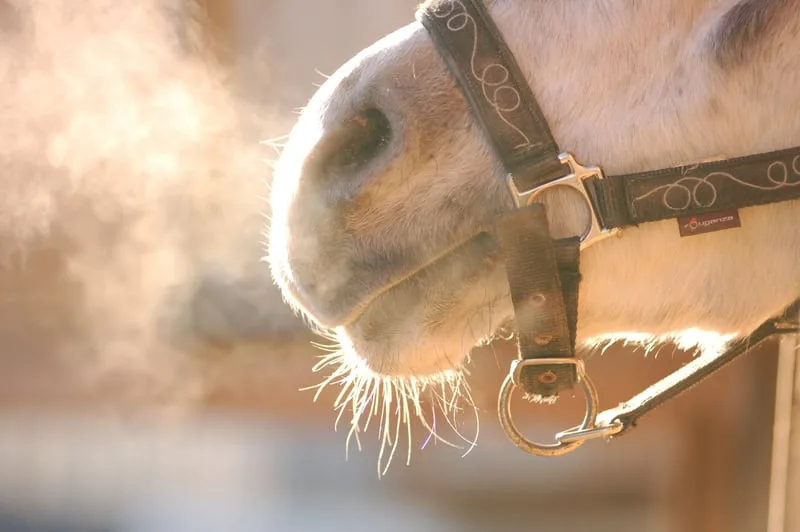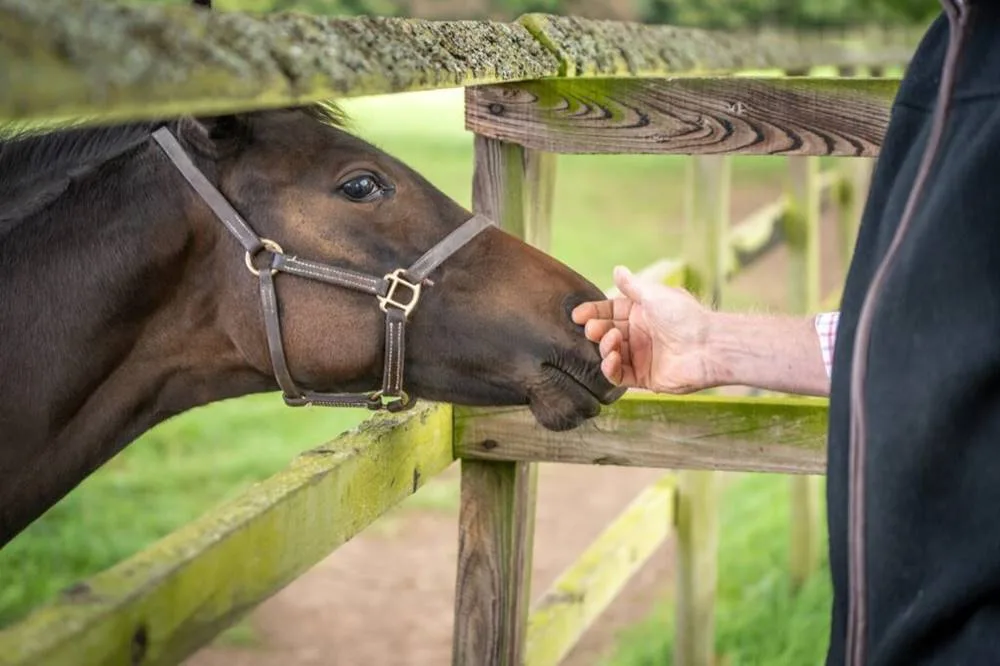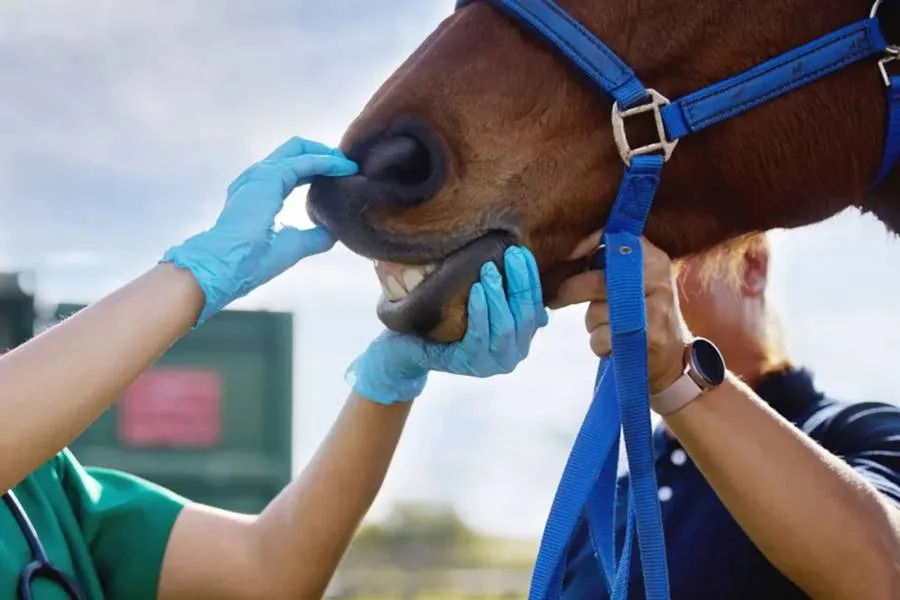Horses are unique creatures with specialized anatomy that supports their extraordinary physical abilities.
One of the most interesting aspects of their respiratory system is their inability to breathe through their mouths. Unlike humans and many other animals that can breathe through both their nose and mouth, horses are obligate nasal breathers, meaning they can only breathe through their nostrils. This adaptation is closely tied to their evolutionary development and plays a crucial role in their survival and performance.
Why Horses Can’t Breathe Through Their Mouths

The primary reason horses cannot breathe through their mouths is anatomical. A horse’s respiratory system is designed to work efficiently through the nostrils. The structure of a horse’s mouth and throat doesn’t allow for the same kind of airflow as it does through the nasal passages. The soft palate, which forms part of the roof of the mouth, blocks off the airway when a horse attempts to breathe through its mouth. This anatomical limitation ensures that horses breathe exclusively through their nostrils, a feature that has evolved over millions of years.
The Importance of Nasal Breathing
Nasal breathing offers several benefits to horses. First, the nose is designed to warm, filter, and humidify the air before it reaches the lungs. This is especially important for a horse that lives in varying climates and can be exposed to dust, allergens, and extreme temperatures. The nostrils contain small hairs that trap dirt and debris, preventing them from entering the respiratory system. Additionally, the nasal passages are lined with mucous membranes that help humidify and cleanse the air before it reaches the lungs. This process is vital for maintaining healthy respiratory function, especially for a large animal that requires a lot of oxygen to fuel its muscles, particularly during intense physical activity.
Another reason why horses breathe exclusively through their nostrils is related to their high levels of stamina and speed. As prey animals, horses have evolved to take in large volumes of air rapidly through their nostrils, which helps them perform activities such as running or fleeing from predators. When they need to exert themselves, the nostrils provide a much more efficient airway than the mouth would.
Adaptation for Maximum Performance
The inability to breathe through the mouth allows horses to maintain better control over their breathing patterns, particularly when engaged in strenuous physical activity. Unlike animals that can switch between nasal and mouth breathing to increase oxygen intake, horses rely on their nasal passages to manage the flow of air efficiently. This adaptation is especially important for athletic horses, such as racehorses, show jumpers, and endurance horses, who need to regulate their breathing during intense exertion. By breathing through their nostrils, horses can ensure that their bodies get the oxygen they need to perform at their best, without overwhelming their respiratory system.
Potential Health Implications
While horses cannot breathe through their mouths, they can still suffer from breathing difficulties, especially if their nasal passages are obstructed or compromised. Respiratory issues like nasal congestion, allergies, or infections can make it harder for horses to breathe and may impact their health and performance. In some cases, veterinary intervention is needed to clear blockages or treat conditions like heaves (a form of equine asthma), which can affect a horse’s ability to breathe properly.
In conclusion, the inability of horses to breathe through their mouths is a unique and fascinating aspect of their biology. Their specialized respiratory system has evolved to maximize efficiency, ensuring they get the necessary oxygen for activities like running, jumping, and grazing. This adaptation plays a crucial role in a horse’s health and performance, enabling them to thrive in a variety of environments.




